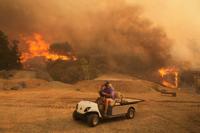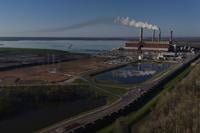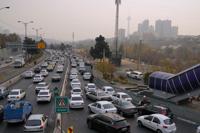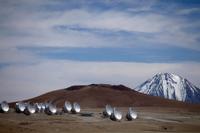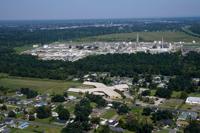The world needs a new approach to environmental crises threatening the health of people and the planet by adopting policies to jointly tackle …
FILE - The Gibson Power Plant operates April 10, 2025, in Princeton, Ind. (AP Photo/Joshua A. Bickel, File)
Cars drive in an afternoon traffic jam in a high air pollution in Tehran, Iran, Sunday, Dec. 7, 2025. (AP Photo/Vahid Salemi)
President Donald Trump is expected to announce a proposal to weaken vehicle mileage rules for the auto industry. That would ease pressure on automakers to control pollution from gasoline-powered cars and trucks. Trump is set to announce the plan later Wednesday. The proposal would significantly reduce fuel economy requirements through the 2031 model years. Those requirements set rules on how far new vehicles need to travel on a gallon of gasoline. Word about Trump's impending action comes from several people familiar with the White House plans. They're not authorized to discuss the matter publicly because the proposal hasn't been announced and spoke on condition of anonymity.
SANTIAGO, Chile (AP) — Chile’s Atacama Desert is one of the darkest spots on Earth, a crown jewel for astronomers who flock to study the origi…
WASHINGTON (AP) — The Trump administration is seeking to abandon a rule that sets tough standards for deadly soot pollution, arguing that the …
FILE - Emissions rise from the smokestacks at the Jeffrey Energy Center coal power plant as the suns sets, near Emmett, Kansas, Sept. 18, 2021. (AP Photo/Charlie Riedel, File)
FILE - Environmental Protection Agency Administrator Lee Zeldin speaks during a cabinet meeting with President Donald Trump, Aug. 26, 2025, at the White House in Washington. (AP Photo/Mark Schiefelbein, File)
If heat-trapping pollution from burning coal, oil and gas continues unchecked, thousands of hazardous sites across the United States risk bein…
WASHINGTON (AP) — The U.S. Chamber of Commerce asked the Supreme Court on Friday to pause new California laws expected to require thousands of…


